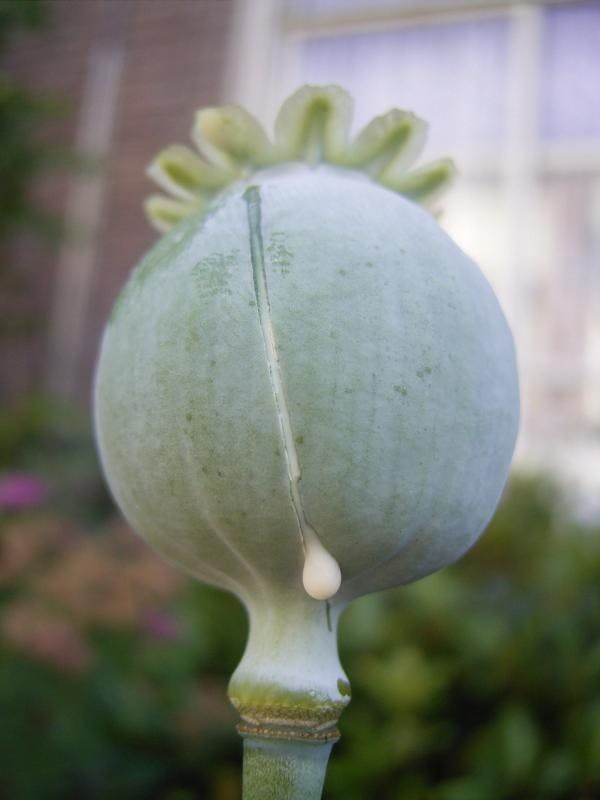The opium bulbs of Myanmar: drug crop or lifeline for poor farmers?
By Paul Vrieze - The Guardian
U Bo sits on the floor of his bamboo hut and puts away a plastic tray covered with a small heap of what looks like sticky, brown tar. This is the day’s opium harvest, which he and his family scraped off the bulbs of their two-acre field of poppies.
His farm, at the foot of a lush mountain, in eastern Myanmar’s Shan state, includes another two acres of rice. Opium will provide his family of seven in Pe Kin village with much-needed cash – his 6kg of opium could fetch about $1,800 (£1,250) – while the paddy provides food.
“We grow poppies because other [cash] crops don’t grow well here. Corn is not good with the poor soil and weather,” says U Bo, 57, a farmer from the Kayan ethnic group.
“I spend most of the money [from opium] on sending my children to school, the rest I use to plant fruit trees,” he says. The opium is sold through a network of secret traders.
Click here to read the full article.
Keep up-to-date with drug policy developments by subscribing to the IDPC Monthly Alert.
Thumbnail: Wikipedia
Topics
Regions
Related Profiles
- United Nations Office on Drugs and Crime (UNODC)
